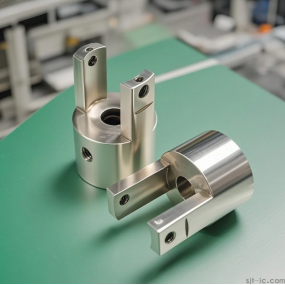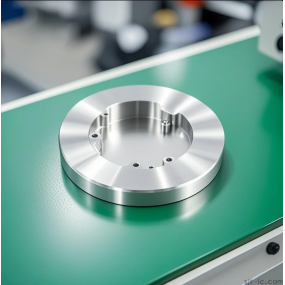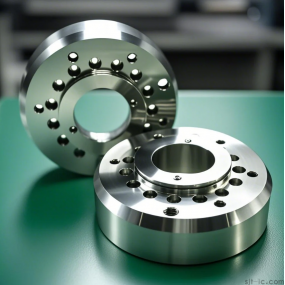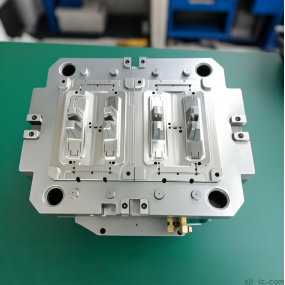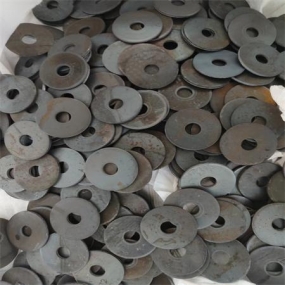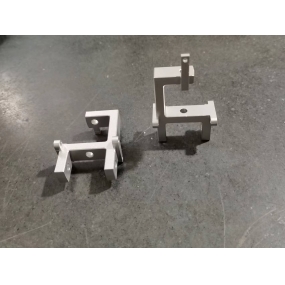Struggling with inconsistent parts from your CNC machine? 😩 You're not alone. Many workshop managers and engineers face the headache of precision drift, especially with smaller, more intricate components. It hits right where it hurts – wasted materials, delayed deliveries, and frustrated clients. Let's dive straight into the core of how to guarantee small CNC Machining accuracy and unpack a practical CNC machining accuracy assurance scheme that you can start applying today.
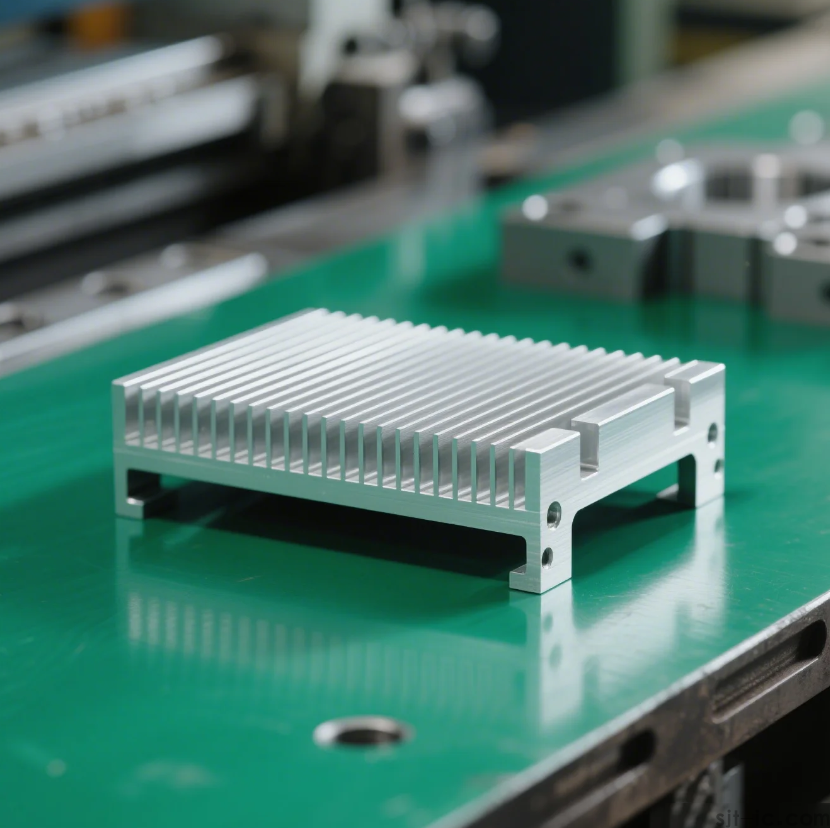
What's the Biggest Hurdle for Small Part Precision?
First things first, why do small parts pose such a big challenge? The main culprit often lies in vibration and thermal expansion. When you're machining something tiny, even the slightest tremor or temperature shift can throw dimensions completely off. It's not just about the machine being "precise" on paper; it's about how you manage the entire process. I've seen shops obsess over buying the most expensive machine, only to overlook simple fixturing – that's a classic misstep.
Building Your CNC Accuracy Assurance Scheme from the Ground Up
An effective scheme isn't a single magic trick. It's a system. Think of it like a chain – every link needs to be strong.
1. Machine Foundation and Calibration: It all starts here. A machine that isn't properly leveled or has worn ball screws will struggle. Regular calibration is non-negotiable. But, is calibration alone the ultimate solution? Perhaps it only hints at a deeper need for comprehensive maintenance.
2. Tooling Selection and Management: Using the wrong tool for a small, detailed feature is like using a sledgehammer to crack a nut. For small parts, shorter, stubbier end mills resist deflection much better. Keep a tight log of tool life – a dull tool doesn't cut, it just rubs and heats up.
3. Workholding is Everything: This is arguably the most critical step for small parts. If the workpiece can move even a micron, you've lost. Vacuum chucks, custom jigs, or specialized vises designed for micro-machining can make a world of difference. I'm a huge fan of modular fixturing systems for their versatility.
Mastering the "Invisible" Factors: Heat and Vibration
Okay, you've got the basics down. Now for the subtle arts. Heat management is a beast. The cutter, the workpiece, and the machine itself all generate heat. Using coolant effectively is key, but the specific flow rate and mixture for optimal heat dissipation in small-scale operations is something I'm still experimenting with – the exact science can get pretty nuanced.
Then there's vibration dampening. Apart from using balanced toolholders, consider the machine's environment. Is it on a isolated foundation? Are there other heavy machines nearby causing vibrations? Sometimes, the fix is as simple as adding vibration-damping pads.
Your Practical Checklist for Daily Operations
Let's get practical. Here’s a quick list I use and recommend:
- ✅ Pre-job Check: Verify machine calibration, warm-up the spindle, and inspect tools.
- ✅ In-process Monitoring: Use touch probes for in-process inspection. Don't just hope for the best; verify.
- ✅ Post-process Audit: First-article inspection is a must. And don't just check one dimension; check the critical ones that customers care about most.
Following this list religiously has saved my team from countless potential rejects. However, it's worth mentioning that even with a perfect checklist, material inconsistencies from batch to batch can sometimes throw a wrench in the works. It's a variable we constantly have to watch for.
A Final Thought from the Workshop Floor
Precision machining, especially with small parts, is a blend of rigid science and subtle art. While the schemes and checklists provide a solid framework, the intuition you develop from watching thousands of parts come off the machine is invaluable. It's that gut feeling when something "sounds" or "looks" wrong. That human element, paired with a robust system, is the ultimate accuracy assurance scheme you can't really buy, only build through experience. 🛠️


 Spanish
Spanish Arabic
Arabic French
French Portuguese
Portuguese Belarusian
Belarusian Japanese
Japanese Russian
Russian Malay
Malay Icelandic
Icelandic Bulgarian
Bulgarian Azerbaijani
Azerbaijani Estonian
Estonian Irish
Irish Polish
Polish Persian
Persian Boolean
Boolean Danish
Danish German
German Filipino
Filipino Finnish
Finnish Korean
Korean Dutch
Dutch Galician
Galician Catalan
Catalan Czech
Czech Croatian
Croatian Latin
Latin Latvian
Latvian Romanian
Romanian Maltese
Maltese Macedonian
Macedonian Norwegian
Norwegian Swedish
Swedish Serbian
Serbian Slovak
Slovak Slovenian
Slovenian Swahili
Swahili Thai
Thai Turkish
Turkish Welsh
Welsh Urdu
Urdu Ukrainian
Ukrainian Greek
Greek Hungarian
Hungarian Italian
Italian Yiddish
Yiddish Indonesian
Indonesian Vietnamese
Vietnamese Haitian Creole
Haitian Creole Spanish Basque
Spanish Basque

